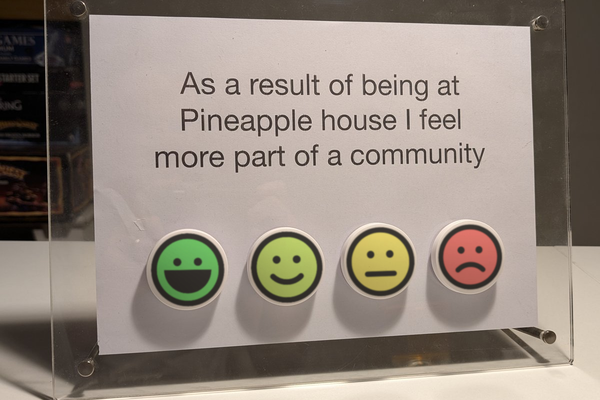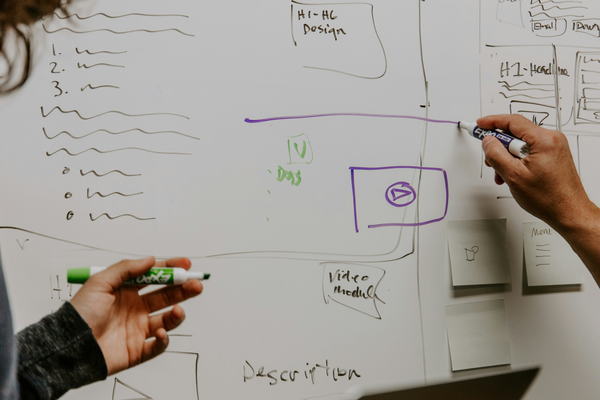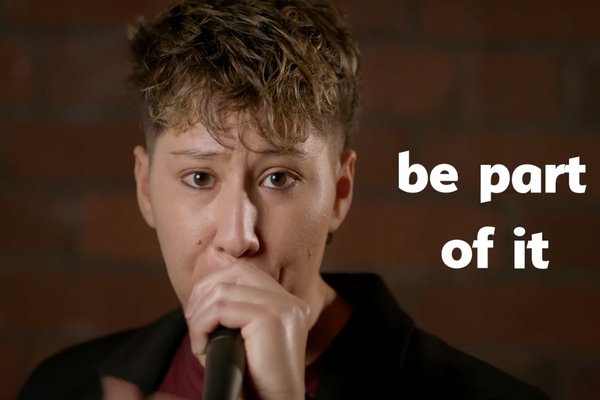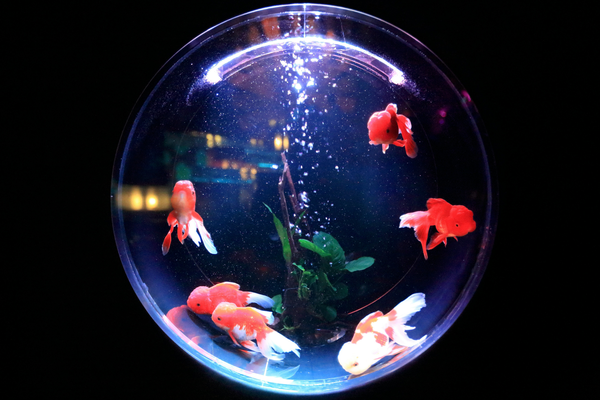Web accessibility is a crucial aspect of modern website design, yet it's often overlooked or considered too challenging to fully implement. However, a recent collaboration between Sight Concern Bedfordshire, a local sight impairment charity, and The Developer Society, a not-for-profit digital cooperative, is challenging this perception. Sight Concern Bedfordshire’s new website isn't just raising the bar for accessibility – it's providing valuable lessons for organisations looking to make their online presence more inclusive without breaking the bank.










